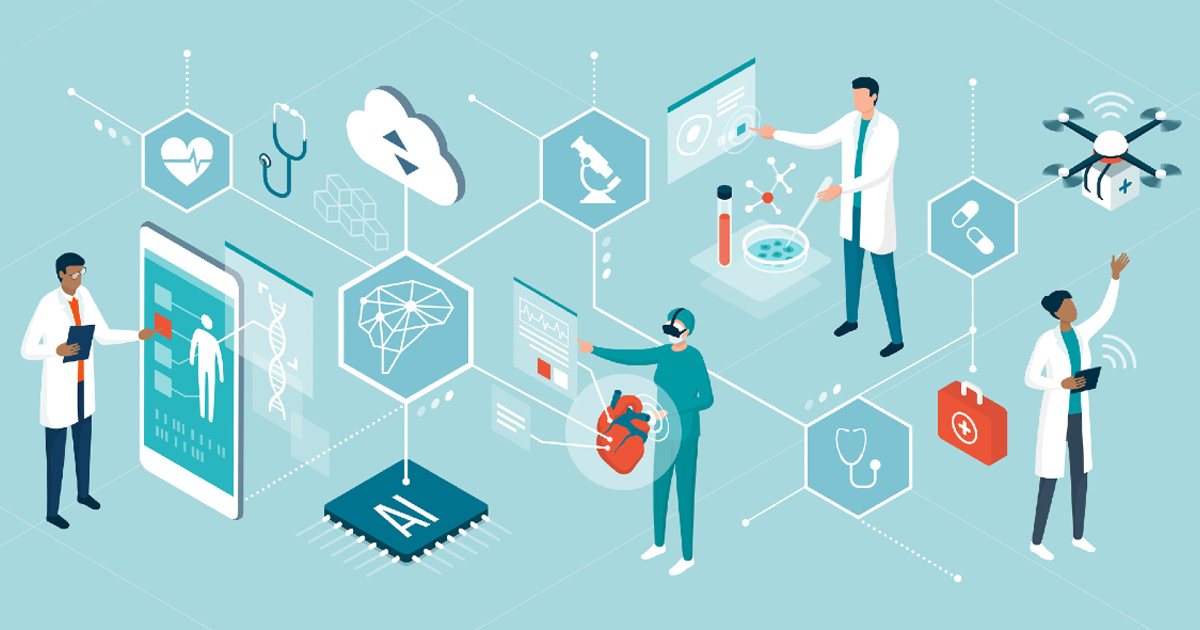Green transformation and sustainable development of the medical device industry

Against the backdrop of global attention to environmental protection and sustainable development, the medical device industry is facing major changes in green transformation. From design to production to recycling, sustainable practices in the medical device industry not only help reduce environmental impact, but also bring new competitive advantages to companies. This article will explore the current status of green transformation in the medical device industry, the challenges it faces, and future development directions.
Environmental protection needs of the medical device industry
1. Threats to the environment from medical waste Medical devices generate a large amount of waste during production and use, such as: Disposable equipment: syringes, infusion tubes, etc. account for a large proportion of medical waste. Hazardous chemicals: Some equipment contains hazardous substances such as lead and mercury, which pollute the environment. According to the World Health Organization (WHO), about 20% of medical waste worldwide is considered hazardous each year.
2. Promotion of environmental regulations More and more countries and regions have introduced strict environmental regulations, forcing medical device manufacturers to adopt more environmentally friendly materials and processes. For example: EU RoHS Directive: restricts the use of certain hazardous substances such as cadmium and hexavalent chromium in medical devices. US FDA Green Medical Guidelines: advocates reducing the environmental footprint of medical devices.
3. Consumers' environmental awareness is improving Modern patients and medical institutions prefer to choose environmentally friendly medical products. For example: The UK NHS (National Health Service) has clearly stated that it will achieve the goal of "zero carbon emissions" by 2040.
Green transformation measures in the medical device industry
1. Use of degradable materials More and more companies are beginning to use degradable materials to replace traditional plastics. For example: Some disposable medical devices (such as syringes and surgical knife handles) have been made of plant-based materials and can be naturally degraded after use. Some manufacturers have introduced biodegradable packaging solutions to reduce plastic pollution.
2. Energy-saving production processes Medical device companies can reduce energy consumption by using energy-saving equipment and optimizing manufacturing processes. For example: Philips Healthcare has reduced production energy consumption by 30% through factory transformation and equipment upgrades. 3D printing technology is used to produce customized medical devices, significantly reducing material waste.
3. Recycling and reuse Medical equipment recycling is an important direction for green transformation: The recycling and refurbishment of medical imaging equipment (such as CT and MRI equipment) can extend the life of the equipment while reducing waste. Some companies have established equipment recycling programs to help medical institutions deal with discarded equipment.
4. Reduce transportation carbon footprint By optimizing the supply chain and logistics transportation, companies can reduce carbon emissions. For example: Use localized production models to reduce the need for long-distance transportation. Introduce electric logistics vehicles to transport medical equipment and reduce greenhouse gas emissions.
Green transformation challenges in the medical device industry
1. High technical costs The research and development of environmentally friendly materials and green processes usually requires high investments, which may be difficult for small and medium-sized enterprises to afford.
2. Inconsistent standards At present, the global certification standards for green medical devices have not yet been unified, and companies face challenges in promoting environmentally friendly products in different markets.
3. Balance between medical performance and environmental protection While ensuring that the equipment is environmentally friendly, its medical performance must be maintained. For example, the strength and stability of degradable materials may not be enough to meet certain medical needs.
Future development trends of green medical equipment
1. Energy efficiency optimization of smart devices In the future, smart medical devices will pay more attention to energy efficiency management, such as using AI technology to achieve intelligent allocation of energy and reduce equipment operation energy consumption.
2. Environmentally friendly innovative materials Nanotechnology and bio-based materials will be widely used in medical devices, providing new solutions for the environmental performance of equipment. For example, nano-coating technology can improve the durability of equipment and reduce the frequency of replacement.
3. Circular economy model Medical device manufacturers will adopt more circular economy models, design disassembled and recyclable equipment parts, and minimize waste generation.
4. Carbon emission tracking system The medical industry may introduce a carbon emission tracking system to help companies and medical institutions evaluate the environmental impact of their products.
If you are interested in our ultrasound medical devices or want to know more information, please feel free to visit our official website or contact us.

















 EN
EN CN
CN


